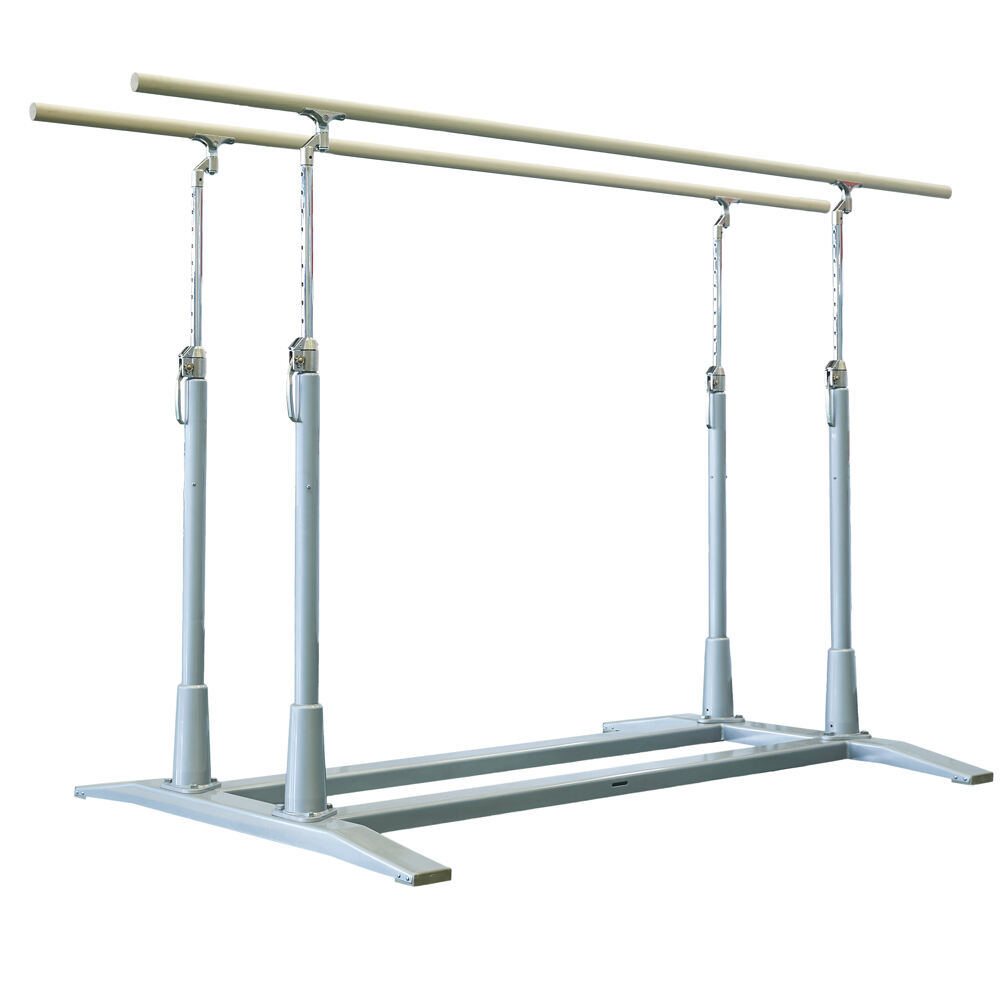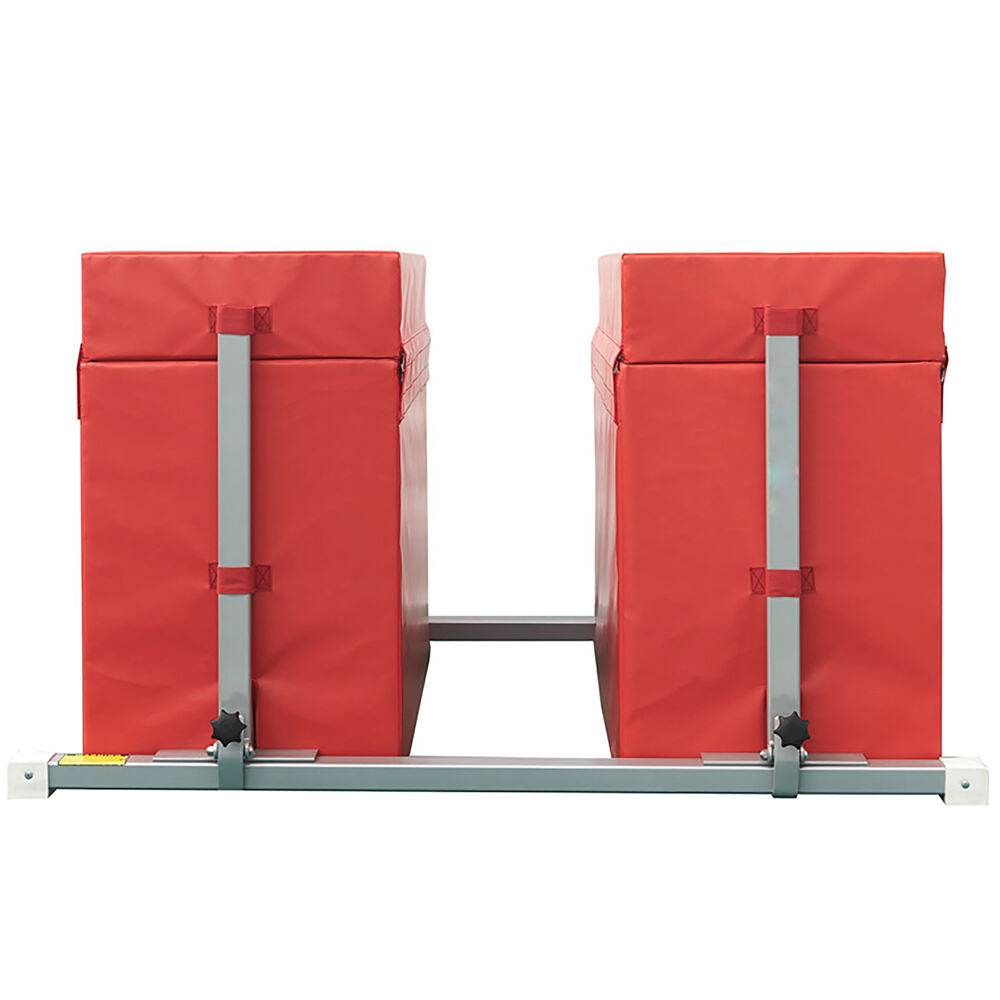parallel bars gymnastics olympics
Parallel bars in Olympic gymnastics represent one of the most challenging and visually impressive apparatus in men's artistic gymnastics. This discipline combines raw strength, precision control, and dynamic movement patterns executed on two wooden or synthetic bars positioned parallel to each other at approximately shoulder width. The bars, set at 2 meters high, allow gymnasts to perform complex sequences of swings, holds, releases, and dismounts. Athletes demonstrate extraordinary upper body strength, balance, and spatial awareness while executing elements that include handstands, swings to handstands, release moves, and various grip changes. The routine typically lasts between 60-70 seconds, during which gymnasts must show continuity of movement, varying rhythm, and different heights of elements. Modern parallel bars are equipped with specialized grip surfaces and precise tension adjustment mechanisms to ensure optimal performance and safety. The apparatus has evolved significantly since its introduction in the late 19th century, with current models featuring advanced materials and engineering to provide consistent flex and rebound characteristics that enable gymnasts to perform increasingly difficult skills while maintaining safety standards set by the International Gymnastics Federation.


